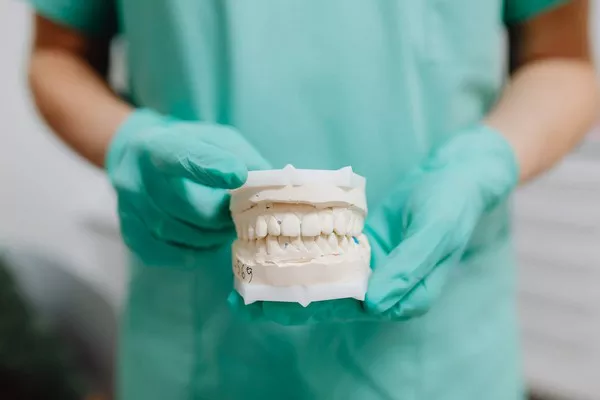Prevention of periodontal disease Abstract: Periodontal disease is the primary stage of gingival inflammation, manifested as gingival swelling, easy to bleed.
Fortunately, the course of gingivitis is reversible.
All the treatment required is regular visits for professional cleaning and careful self-hygiene.
As children grow into adults, their teeth and gums will be more tested.
Most adults have multiple periodontal, or gum disease, which is an infectious disease that occurs in the periodontal supporting tissues.
There is a link between periodontal disease and systemic diseases such as cardiovascular disease, stroke and bacterial pneumonia, and women with periodontal disease have an increased risk of preterm birth and low birth weight during pregnancy.
Several studies have been conducted to determine whether pathogens associated with periodontal disease or the presence of inflammatory states play a role in the course of systemic disease.
Cause Dental plaque, a sticky bacterial biofilm commonly found on the surface of teeth, is a common cause of periodontal disease.
If plaque is not completely removed during routine brushing and cleaning, it can irritate the gums and cause gum inflammation.
The inflamed gums separate from the tooth surface, forming a gap called a periodontal pocket.
Bacteria can enter the periodontal pocket and continue to irritate the gums.
Without treatment at this stage, the inflammatory process will continue to develop and eventually lead to the destruction of alveolar bone and other periodontal supporting tissues.
The primary stage of periodontal disease is gingival inflammation, which is characterized by gingival swelling and easy bleeding.
Fortunately, the course of gingivitis is reversible.
All the treatment required is regular visits for professional cleaning and careful self-hygiene.
In the prevention of periodontal disease, regular examination is very important.
During the exam, your doctor will look at the color, shape, texture, and so on of your gums to determine the presence of periodontal disease.
The doctor also uses a small tool called a periodontal probe to measure the depth of the crevice between the tooth and the gums to see if there is a periodontal pocket.
Healthy crevicular depth should be within 3mm.
In general, the more severe the gum disease, the deeper the periodontal pocket.
Except for special people, generally brushing twice a day, at least once a day with dental floss or other adjacent space cleaning tools to clean the teeth, by this way can prevent periodontal disease.
When choosing oral cleaning products, choose products that have been certified by the American Dental Association to meet its standards, so as to ensure the safety and effectiveness of the products.
In addition, your dentist may be able to give you personalized instructions on the products or cleaning methods you use for your own cleaning situation.
In addition, smoking cessation and taking health care measures such as healthy diet are also important to prevent periodontal disease.
Even if you brush and floss carefully, plaque may not be completely removed, especially along the gum border.
The plaque that remains calcifies and hardens into a hard, porous calcification known as calculus or tartar.
Once hard calculus has formed, you can only go to your dentist and have it removed by professional cleaning at regular visits.
With periodontal disease, patients usually have no pain, so when they have periodontal disease, they may not know it.
At this time, however, may be symptoms of some hints that you may be suffering from periodontal disease, if there are the following questions, then you should consult your dentist: when brushing your teeth gum swelling, bleeding gums, soft gum from the tooth surface separation persistent bad breath gingival sulcus overflow pus, loose teeth or fanned out bite bite relations change denture dentures and natural tooth wear activity relationship change































